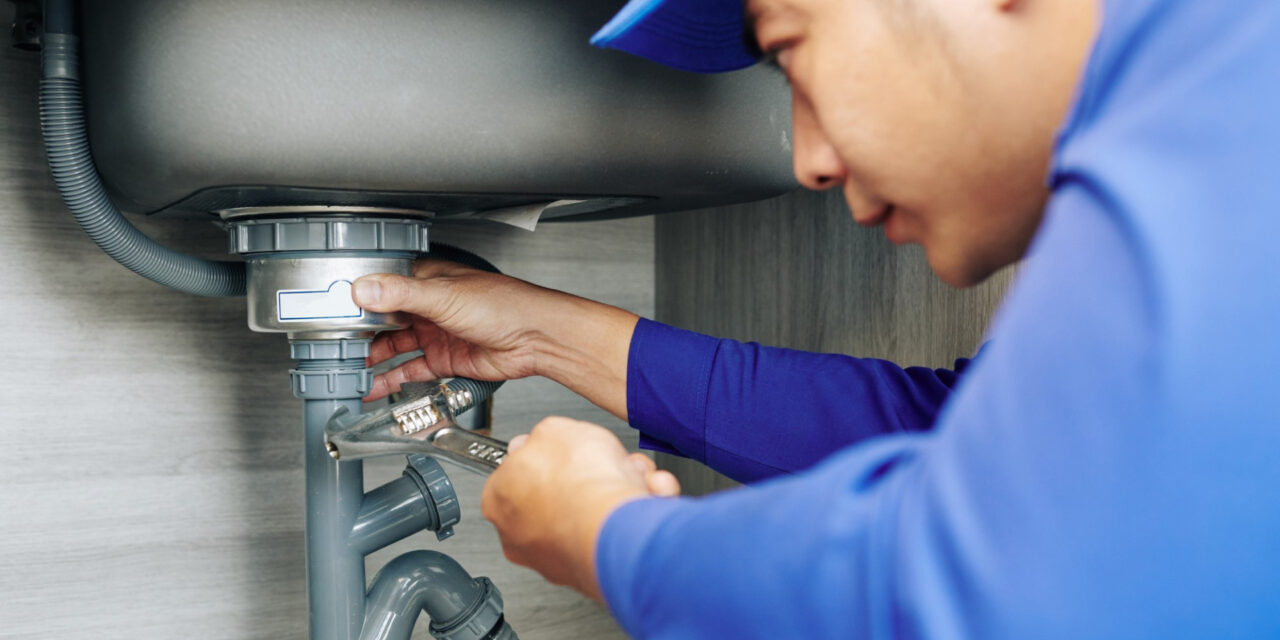6 Ways to Locate Concealed Water Leakages in Your Home
6 Ways to Locate Concealed Water Leakages in Your Home
Blog Article
They are making several good annotation on the subject of Top leak detection hacks as a whole in this post down the page.

Early discovery of dripping water lines can reduce a prospective catastrophe. Some little water leaks may not be visible.
1. Analyze the Water Meter
Every house has a water meter. Checking it is a proven way that assists you find leaks. For starters, shut off all the water resources. Make sure nobody will flush, make use of the faucet, shower, run the washing equipment or dishwashing machine. From there, go to the meter as well as watch if it will transform. Considering that no one is utilizing it, there must be no motions. If it moves, that shows a fast-moving leak. If you identify no adjustments, wait an hour or 2 as well as check back once again. This implies you may have a slow leakage that could even be underground.
2. Check Water Intake
If you detect abrupt adjustments, in spite of your consumption being the same, it suggests that you have leakages in your plumbing system. An unexpected spike in your expense indicates a fast-moving leakage.
Meanwhile, a constant boost monthly, even with the same behaviors, reveals you have a slow-moving leakage that's likewise slowly intensifying. Call a plumber to extensively inspect your property, particularly if you feel a warm location on your flooring with piping below.
3. Do a Food Coloring Test
When it comes to water usage, 30% comes from toilets. If the shade somehow infiltrates your bowl during that time without flushing, there's a leakage between the container as well as bowl.
4. Asses Outside Lines
Do not fail to remember to check your outdoor water lines also. Examination faucets by connecting a garden tube. Should water seep out of the link, you have a loosened rubber gasket. Change this and also guarantee all connections are limited. It will certainly aid get it properly took a look at and also kept each year if you've got a sprinkler system. One small leakage can waste tons of water as well as increase your water expense.
5. Examine the circumstance as well as inspect
Property owners need to make it a behavior to check under the sink counters and even inside cabinets for any bad odor or mold development. These 2 red flags show a leak so timely focus is called for. Doing routine inspections, even bi-annually, can conserve you from a major problem.
Check for stainings as well as compromising as a lot of appliances and pipes have a life expectancy. If you believe leaking water lines in your plumbing system, do not wait for it to rise.
Early detection of leaking water lines can mitigate a prospective disaster. Some small water leaks may not be visible. Checking it is a surefire way that aids you discover leaks. One tiny leakage can lose loads of water and surge your water expense.
If you believe leaking water lines in your plumbing system, don't wait for it to rise.
How to Know If Your Home Has a Hidden Leak
Water Meter Reveals Inexplicable Water Usage
If you’d like to test whether or not there’s a leak somewhere in your home, you can do this using your water meter. Here is how to conduct the test:
Don’t use any water in your home for at least 30 minutes; this also means not turning on faucets or water-using appliances.
Go outside, and check your water meter for activity.
If your water meter shows that there was activity, even though no one was using any water, this proves that there is a leak in your home.Visible Mold or Mildew Growth
Leaks behind walls create moist, dark environments that allow mold and mildew to grow and thrive. Eventually, you might see mold growth forming on the wall closest to a hidden leak.
If mold is growing in an area that receives a high amount of moisture, such as a bathroom, it may simply be an indication that better ventilation is needed. However, if you see mold growth on a wall or the ceiling in an area where you would not expect, you probably have a hidden leak.
Musty, Mildew Odor
Sometimes you might not be able to see the mold or mildew that is growing as a result of a leak. However, the smell can give the problem away just as easily. If you catch a whiff of something musty, there’s a good chance that old water is collecting somewhere in your home that you can’t see.
Stained/Warped Walls, Ceilings, or Floors
When your home soaks up water, a variety of red flags can become visible, including ceiling stains, bubbling drywall, warped walls, and sagging floors. While these issues can be caused by excess humidity, they can also be signs that a pipe or plumbing connection has started leaking behind your walls.
Inexplicably High Water Bill
After a while, you get a general sense for what your water bill should be. If you own a pool or sprinkler system, your bill will tend to be higher during summer. However, if you receive a water bill that seems especially high, and you can’t figure out what caused it, then you may have a hidden leak somewhere that’s increasing your bill.
https://www.plumbingjoint.com/blog/2019/july/how-to-know-if-your-home-has-a-hidden-leak/

I recently found that piece on Detecting hidden plumbing leaks when doing a lookup on the web. Liked our piece of writing? Please share it. Help others check it out. We treasure reading our article about Leaking water lines.
Report this page